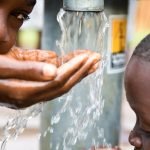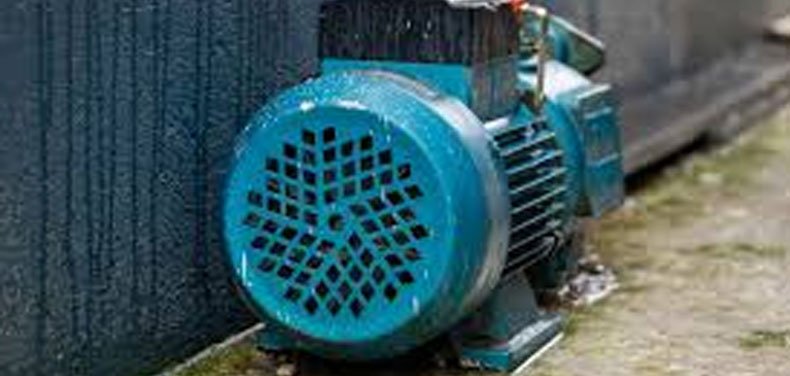Water and Energy Solutions Provider, Davis & Shirtliff has asked the government of Kenya to consider putting in place a law that will require all new buildings to be fitted with rainwater harvesting systems that divert rainwater into storage tanks.
The Water and Energy solutions company said the installation of the water systems on houses, apartments, offices, schools and industrial sites will reduce consumption and lower water bills.
The Davis & Shirtliff CEO, David Gatende said the government should partner with the private sector to provide water harvesting technologies, as wells as consider changing building plan approvals.
“People respond to legislation and it is the government’s responsibility to nudge people in the right direction,” said Gatende.
RELATED: Water security ‘more important than power’ – says Experts
He observed that in 2012 the Energy Regulatory Commission enacted regulations requiring that premises with hot water demand exceeding 100 litres per day install solar water heating systems to cater for at least 60 per cent of the demand.
In a press statement, Gatende said enactment of the ERC regulation, made lot of property owners to incorporate solar installations and added if the government pushes for the adoption of water harvesting structures in the designs of buildings the uptake will be similarly hastened.
“By 2030, the country’s population will be approximately 68 million, a need that requires a sustainability in water harvesting. There’s already pressure being experienced regarding access to safe water,” he said.
According to the Ministry of Environment, Water and Natural Resources, the last National Water Master Plan was developed in 1992 when the country’s population was 20 million people while the total water demand was around 1 billion cubic metres per year. By 2030, it is estimated Kenya will need approximately 13 billion cubic metres of water annually.
Also read: Coca-Cola keen on Africa’s water security
The call by Davis & Shirtliff comes in the wake of the heavy rains being experienced in different parts of the country following a prolonged dry spell.
Gatende said though the National Water Master Plan 2030 acknowledges that climate change will affect water resources it is not clear on guidelines to ensure the initiative, including water harvesting are taken up at all levels.







